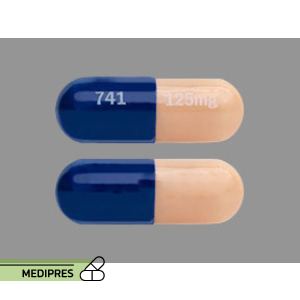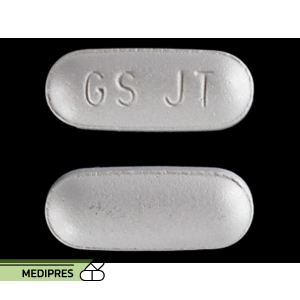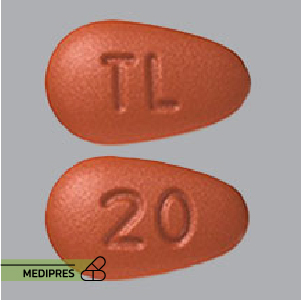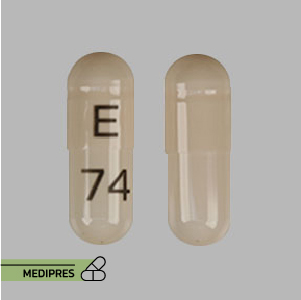
Valium injection
23 June, 2023
Vardenafil
23 June, 2023Vancomycin (Oral)
Category: V
Description
Generic name:
Vancomycin (Oral)
Drug class:
Glycopeptide antibiotic
Dosage form:
Capsules; Powder for oral solution
Route of administration:
Oral
Dose:
- Adults: 125–500 mg orally every 6 hours; typical C. difficile: 125 mg QID for 10–14 days
- Pediatric: 10 mg/kg (max 500 mg) QID for 10–14 days
- Severe or recurrent cases: up to 500 mg QID or tapered/pulsed regimens
- Varies by indication; consult label.
Mechanism of action:
Binds to D-Ala-D-Ala terminus of peptidoglycan precursors, inhibiting bacterial cell wall synthesis and leading to cell lysis.
Drug usage cases:
- Clostridioides difficile-associated diarrhea and colitis
- Enterocolitis caused by Staphylococcus aureus (including MRSA)
- Prophylaxis of C. difficile recurrence (tapered regimens)
- Small intestinal bacterial overgrowth (off-label)
- Prophylaxis in neutropenic patients (off-label)
- Varies by indication; consult label.
Drug contra indications:
- Hypersensitivity to vancomycin or other glycopeptides
- Varies by indication; consult label.
Side effects:
- Gastrointestinal: nausea, vomiting, abdominal pain, flatulence
- Clostridioides difficile infection or superinfection
- Neutropenia, leukopenia
- Thrombocytopenia
- Ototoxicity (rare; with systemic absorption)
- Nephrotoxicity (rare with oral; increased risk if systemic absorption)
- “Red man” syndrome (histamine-mediated flushing, pruritus)
- Anaphylactoid reactions (rare)
- Skin reactions: rash, urticaria, Stevens-Johnson syndrome (rare)
- Biliary and hepatic: transient increases in liver enzymes
Warnings:
- Risk of Clostridioides difficile–associated diarrhea with broad-spectrum antibiotic use
- Monitor for superinfections (bacterial or fungal)
- Risk of “red man” syndrome with rapid infusion (IV); oral use has minimal systemic infusion risk but caution if mucosal damage
- Use with caution in patients with severe renal impairment or on hemodialysis (absorption may increase)
- Monitor blood counts during prolonged therapy
- May cause hypersensitivity reactions; have emergency measures available
- Varies by indication; consult label.
Use during pregnancy or breastfeeding:
Pregnancy Category B: animal studies show no teratogenic effects; human data limited. Use only if clearly needed.
Breastfeeding: excreted in breast milk in low concentrations; monitor infant for gastrointestinal disturbance or sensitization. Consider risk vs benefit.



